Which Camera?
If you want "the best" 4/3 camera.
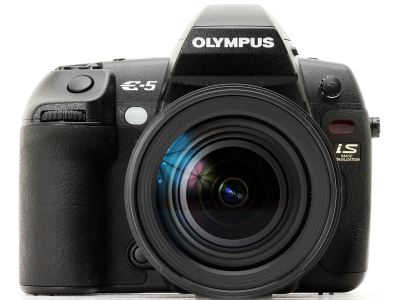
The best 4/3 camera is the Olympus E-5. It is the last 4/3 camera Olympus produced.
- 12MP sensor that has a weak AA filter, and thus produces the sharpest photos of any 4/3 camera
- Full weather sealing
- The most features and can even take a rudimentary video.
The disadvantages are:
- Heavy, large
- Being the best of the best in a discontinued system, and the only sensible option if you must have weather sealing, it still costs a fair bit of money.
- Image quality isn't really a step above second best cameras. Its more of a small upgrade.
Whenever I'm shooting something local and I know I'm not going to be carrying the camera around, I use the E-5. Whenever I'm traveling somewhere, I pick a different camera.
If you want "the best camera that actually makes sense".
You have 2 choices:

The Olympus E-30 is one step lower than the Olympus E-5. Compared to the E-5 it has
- slightly stronger AA filter (but slightly) leading to less tack sharp images
- smaller viewfinder
- no weather sealing
- The same 12MP sensor as the E-5. Resolution, digital range, and high ISO performance is identical to the E-5.
But at the same time, it is much lighter and smaller. Quite frankly, this is the size the top-of-the-line Four Thirds cameras should have come out at it if they wanted to drive home the size advantage with the smaller sensor.
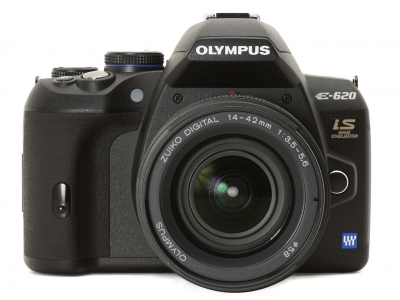
The Olympus E-620 is your second option.
- Smaller viewfinder that, unlike the E-30, feels tunnel like.
- No top panel LCD
- Feels much smaller and lighter than the E-30.
- Appears to have more than usual shadow noise? Seems like a different processing engine in this camera.
- At the end, its the same 12MP sensor that the E-5 has. Resolution, digital range, and high ISO performance is identical to the E-5 and E-30.
E-5 vs E-620 Sharpness Test
How much sharper is the E-5 vs the E-620? Here are 2 pictures with the same 50mm f/2 lens shot @f/5.6, using 2 sec timer, ISO100, center point autofocus, RAW.

Olympus E-5
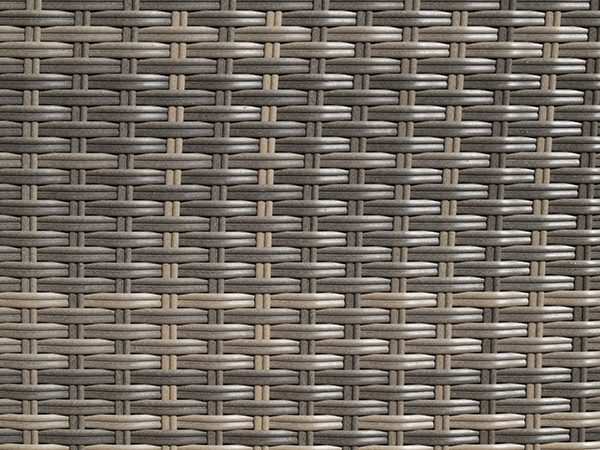
Olympus E-600
At this size, its not possible to tell them apart. Lets look at 100% crops.

Olympus E-5 100% crop of the same image
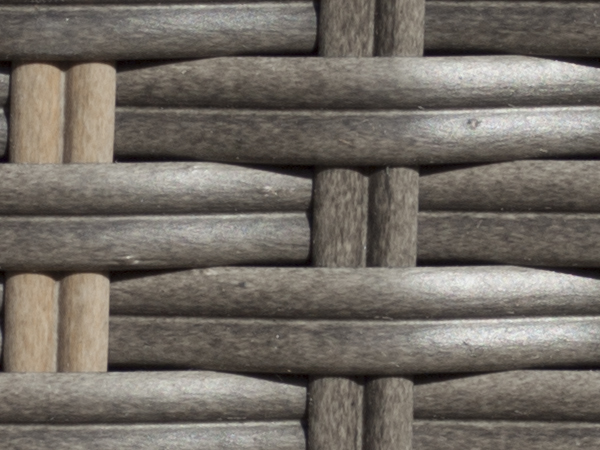
Olympus E-600 100% crop of the same image
So as you can see, if you like to pixel peep, crop a lot or print large, you are going to see a difference between these 2 cameras. If you look at them on a large screen, it feels like the E-5 pictures are just 'crispier'. But if you are just posting pictures on the web, well, for the uncropped, full size shots, I had to double check which picture is from which camera.
If you want the smallest, but still good camera

The Olympus E-420 is the best of all the small cameras. While Olympus released a newer version, the E-450, apart from a bunch of "art filters", there is no difference between these 2 cameras. So its pointless to pay more for the more expensive E-450. Just get the super cheap E-420.
This was one of the smallest DSLRs ever produced. Don't underestimate how small it is. Even with a simple zoom like the Olympus 12-60mm, you can feel the lack of a grip. It is best used with the 9-18mm, 14-42mm, 40-150mm f/4-5.6 and 25mm f/2.8
If you want a CCD Sensor camera
I have created a separate page for CCD camera comparison.
If you want to try a digital antique
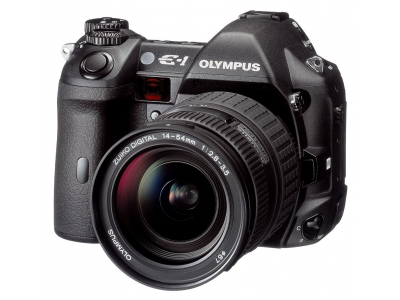
The Olympus E-1 is the first Four Thirds camera and is a 5 megapixel work of art.
- Perfect ergonomics
- Excellent size and weight
- CCD sensor
- Complete manual controls (only options on the PASM dial are... PASM)
- Completely useless at high ISO, terrible digital range and shadow noise. Its from 2004, after all.
- Screen is absolutely tiny
Pick up one of the best bang-for-your-buck lenses like the 14-54mm f/2.8-3.5 and enjoy.
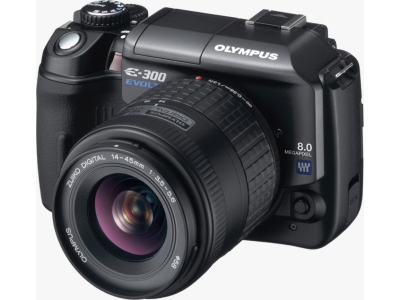
The Olympus E-300 is another very interesting option if you want to try out a digital antique. This is the second camera Olympus came out with for Four Thirds.
- Porro prism that is located on the side of the camera, rangefinder style.
- 8MP is more than the 5MP of the Olympus E-1, but not sure if that matters.
- Screen is still tiny and pretty useless
If you want the cheapest possible camera
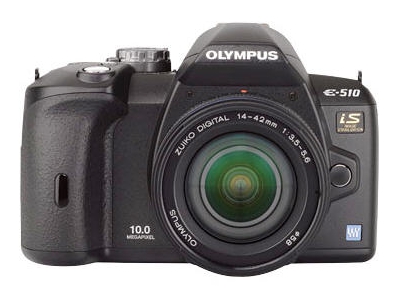
Psssst... a little hidden secret. Starting with the E-510/E-410, virtually all Four Thirds cameras produce very similar results image quality wise. The feature set is different between these cameras, as well as the image processing and strength of the AA filter, and sometime down the line they managed to squeeze out 12MP. But the sensor technology is basically the same, and Olympus kept the same sensor tech even with m4/3 all the way until the m4/3 E-M5 was released in 2012. If you look at a DxOMark comparison between an E-420, E-410 and E-5, you'll see that there isn't really a whole boatload of difference between these cameras.
If you shoot the same scene with an Olympus E-510 and an Olympus E-5, and show it at web screen size, chances are you are going to have a very hard time telling the difference between these cameras. If you print larger, you will notice that the E-410/510 have a stronger AA filter (also stronger than the E-420/520).
For this reason, the E-410/510 are going ridiculously cheap. I picked up my E-510 for €35. If you are looking for a sub-$100 camera kit, this is a good option.
